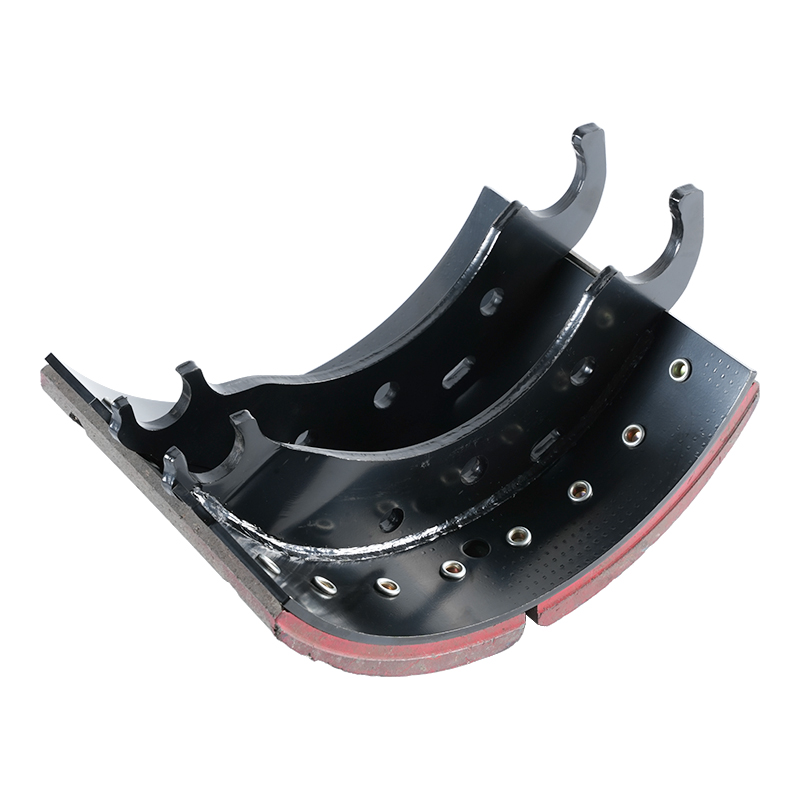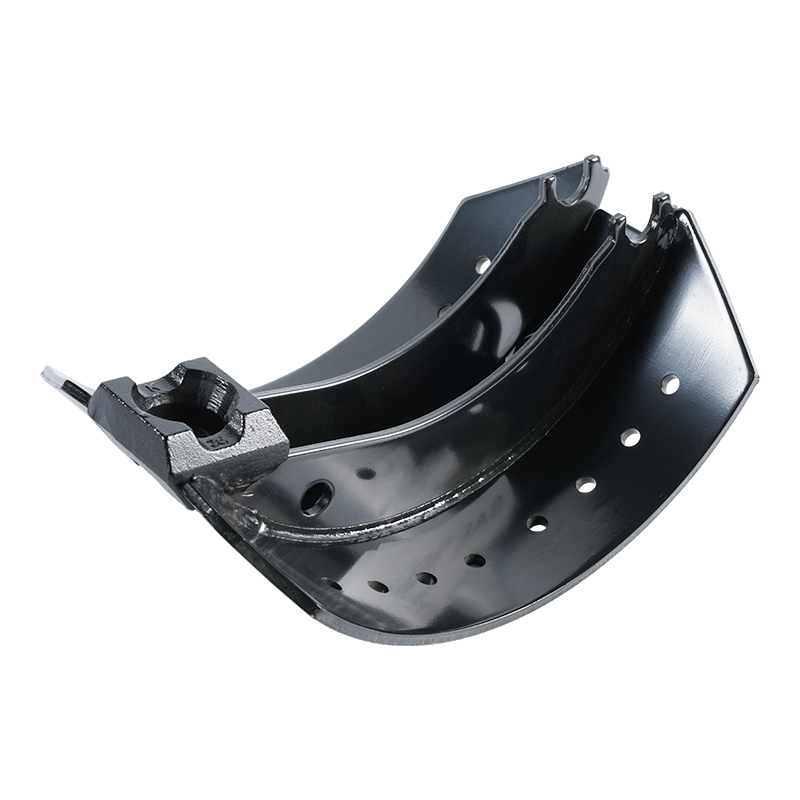The Science Behind Brake Lining Shoes: Material and Technology Advancements
 2024.12.19
2024.12.19
 Industry News
Industry News
Brake Lining Shoe Materials: From Asbestos to High-Tech Composites
Historically, brake linings were made from asbestos due to its excellent heat resistance. However, concerns about health risks related to asbestos led to the development of alternative materials. Today, modern brake lining shoes use a variety of materials designed to maximize performance while reducing harmful emissions.
Semi-Metallic Materials: These are among the most commonly used materials for brake lining shoes today. They combine metals like copper or steel with organic compounds to create a material that offers excellent heat dissipation and durability. Semi-metallic shoes are ideal for heavy-duty applications such as trucks and buses, where high braking force is required.
Organic (Non-Asbestos) Materials: These shoes are made from rubber, carbon compounds, and other organic fibers. They offer quieter braking and are often used in light-duty vehicles. While they tend to wear down faster than semi-metallic shoes, they provide a smoother braking experience.
Ceramic Brake Linings: Ceramic brake linings are becoming increasingly popular in performance vehicles due to their high thermal stability and resistance to wear. These shoes are made from a blend of ceramic fibers, which provide excellent stopping power with minimal dust generation. They are especially popular in high-performance and sports cars.
Innovations in Brake Lining Shoe Design
Advancements in materials have been complemented by innovations in the design and manufacturing of brake lining shoes. Here are some key technological improvements that have impacted the development of modern brake shoes:
High-Performance Friction Coatings: To improve the heat resistance of brake shoes, many manufacturers apply advanced coatings to the friction material. These coatings help maintain braking efficiency at high temperatures, reducing brake fade and enhancing overall performance.
Slotted and Drilled Brake Shoes: To improve the cooling of brake shoes, some designs feature drilled or slotted friction surfaces. These designs allow for better airflow around the shoes, reducing the build-up of heat and maintaining consistent braking performance under heavy use.
Noise Reduction Technology: Modern brake lining shoes are equipped with noise-dampening features to reduce squeaking and vibrations. This is often achieved through advanced materials and strategic design features, such as the incorporation of damping shims or the use of quieter friction compounds.

How Brake Lining Shoes Contribute to Safety and Performance
The primary role of brake lining shoes is to ensure that a vehicle can stop safely and efficiently. Here are some ways in which modern brake shoes contribute to improved safety:
Enhanced Stopping Power: The use of high-performance materials, such as carbon composites and ceramics, allows for more efficient braking under high-speed conditions. This means shorter stopping distances and greater control in emergency situations.
Reduced Brake Fade: As brake shoes heat up from repeated use, their ability to generate friction can diminish, a phenomenon known as brake fade. Modern materials and coatings help reduce brake fade, ensuring that the brakes continue to perform reliably even under extreme conditions.
Eco-Friendly Options: With the growing concern over environmental impact, many manufacturers are focusing on producing eco-friendly brake shoes that generate less dust and use sustainable materials. This is especially important for urban environments, where brake dust can contribute to air pollution.

 Eng
Eng  中文简体
中文简体










